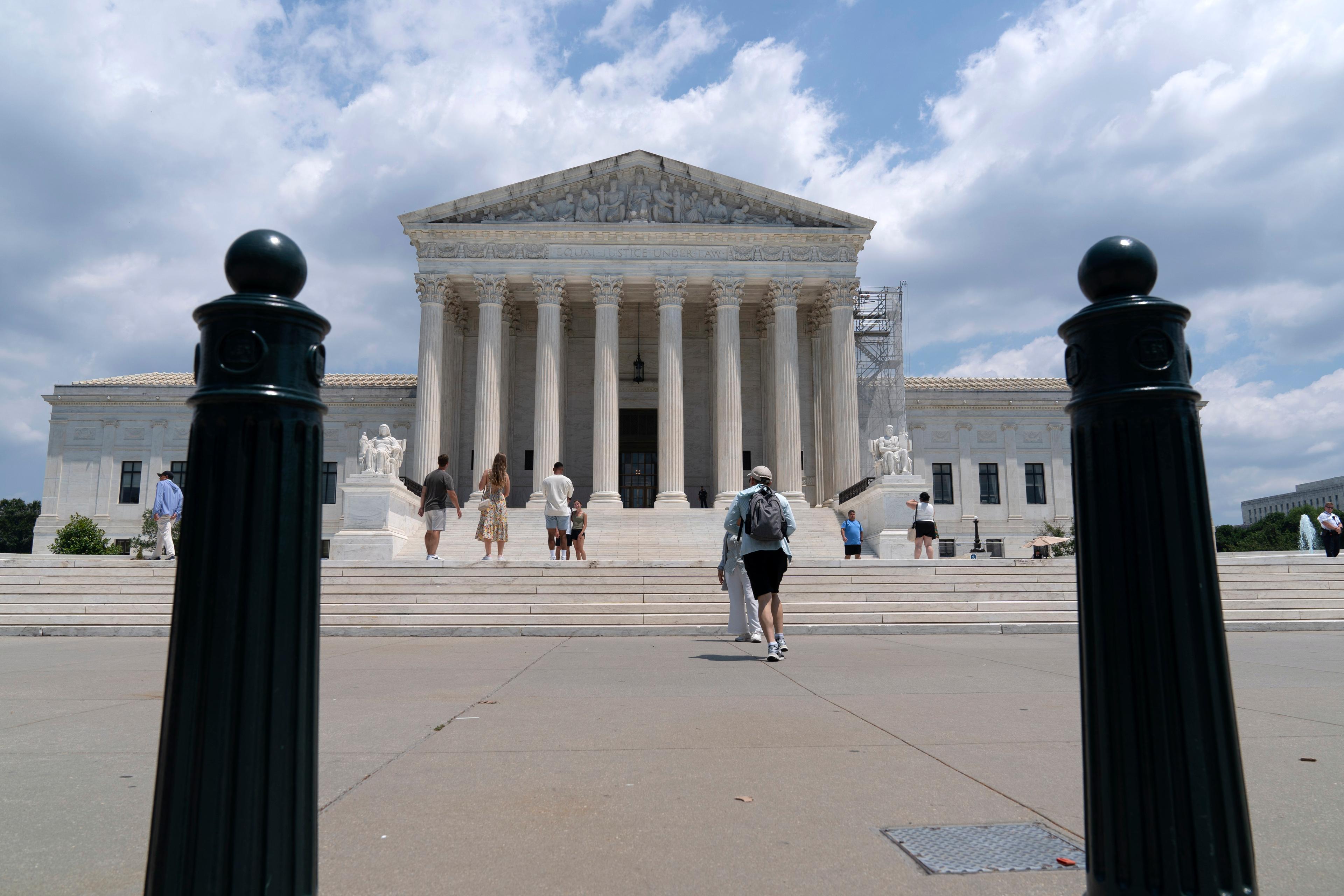
Colorado will be getting an eighth congressional seat in 2022.
While long suspected, the Census Bureau confirmed the additional seat when it released the nationwide apportionment count Monday.
Every ten years the apportionment count reallocates the 435 seats in the House of Representatives based on where the population has grown or shrunk. Colorado’s population growth over the past decade enabled it to just squeak in, nabbing the 432nd spot. In a show of how close the numbers were, it was a mere 89 person difference that cost New York a seat.
This eighth district will give Colorado slightly more say in the House, and an additional vote for president in the Electoral College. The last time Colorado gained a congressional seat was in the 2000 census.
Rep. Diana DeGette, the dean of the Colorado delegation, said it was great news for the state. “The more votes we have in the U.S. House of Representatives, the more we can do for Colorado,” she said in a tweet.
An Independent Redistricting Commission will be responsible for drawing up the new lines for Colorado’s congressional districts, including deciding where this new 8th District will be formed. The panel is already in the early stages of its work, and commissioners have been concerned that the delay in final census data will make that effort more difficult, and possibly vulnerable to legal challenges.
Migration trends in the last decade mean this census is generally shifting House seats away from the Northeast and Midwest toward Western states.
“Since 1940, there has been a combined net shift of 84 seats to the South and West regions," said Dr. Ron Jarmin, acting director of the U.S. Census Bureau. And this decade’s overall change was the smallest.
This census saw a total apportionment shift of seven seats among 13 states.
Colorado joined six other states to gain seats. Texas picked up two seats, while Florida, North Carolina, Montana and Oregon also gained one.
The seven states that each lost a seat were California, Illinois, Michigan, New York, Ohio, Pennsylvania and West Virginia.
In addition to the apportionment data, the Census Bureau released population totals. As of April 1, 2020, the U.S. population was 331,449,281. The population grew by 7.4 percent this decade, slower than the 9.7 percent growth rate from 2000 to 2010.
Colorado’s population clocked in at 5,773,714, an increase of more than 725,000 from the 2010 apportionment population count of 5,044,930.
The Western part of the country grew by 9.2 percent, beaten by the South which saw a population spurt of 10.2 percent. The Northeast grew by 4.1 percent and the Midwest by 3.1 percent.
- Purplish: Maps, Data And Drama, Drama, Drama — What You Missed With Colorado's Redistricting Commission
- April 5: Colorado’s Independent Redistricting Commission Removes Its Chairman For Posts On Election Rigging And Coronavirus
- Jan. 29: Census Delays Could Upend Colorado’s New Approach To Redistricting
CPR’s coverage of Colorado’s congressional delegation focuses on accountability and on providing information constituents need to live their lives. Read more about our priorities here.









